Polityka wdrażania zrównoważonej ekologicznej produkcji w ogrodach herbacianych
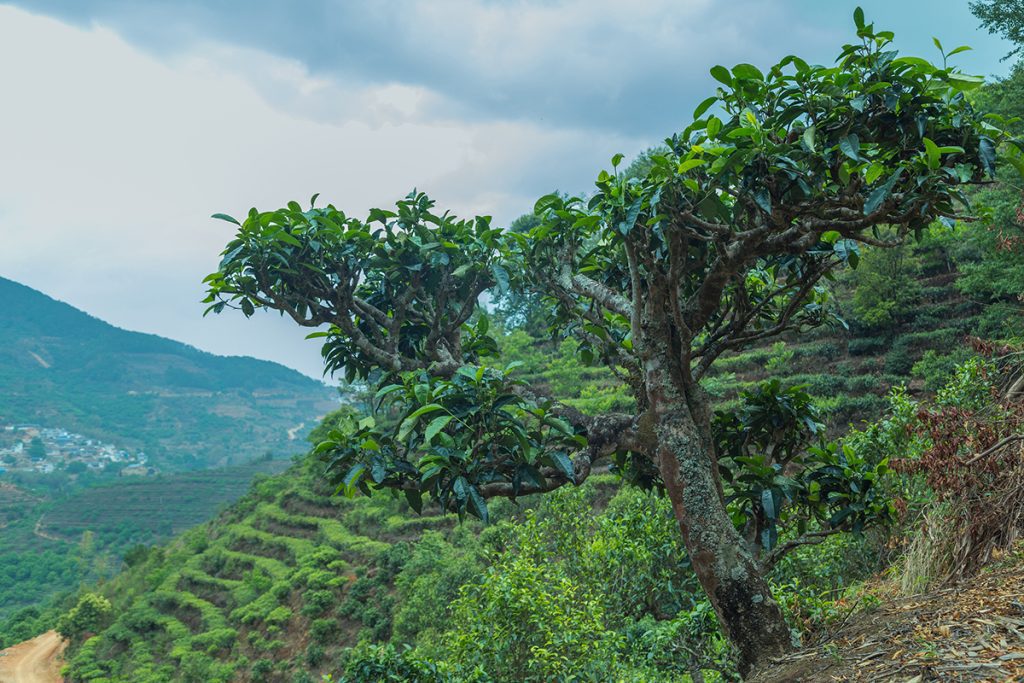
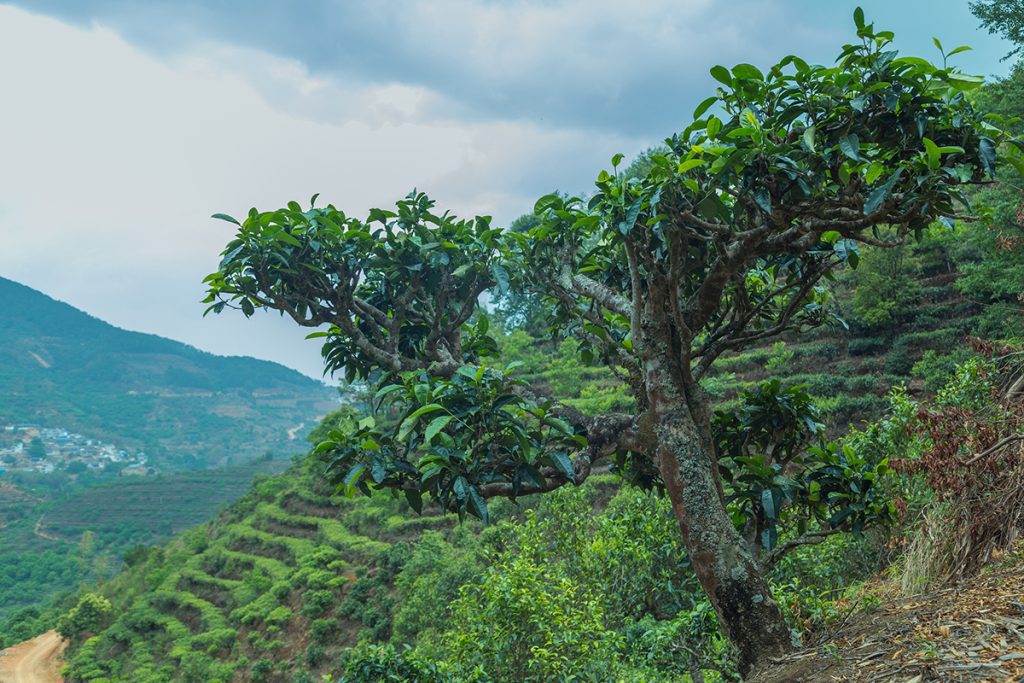
Polityka wdrażania zrównoważonej ekologicznej produkcji w ogrodach herbacianych
1.Adjusting the structure
A sustainable organic tea garden should first be an ecological tea garden, that is, a tea garden built with tea trees as the main species, following the principles of organic ecology and conforming to the laws of organic ecology. Our organic ecological tea garden relies on the regional environment of Tianmu Mountain and Qingliang Peak National Nature Reserve, with a good ecological environment and rich natural resources. High mountains (Average attitude is 600-800m) and dense forests, surrounded by clouds and mists, abundant rainfall (annual precipitation of 1500-1800mm and annual rainy days of 140-180 days), moist soil and fresh air(annual average temperature of 15.3°C, zonal monsoon climate), are very suitable for the growth of tea trees.

We manage tea gardens in accordance with the guidelines of organic tea gardens, protect soil and water resources, avoid soil erosion, symbiotic and mutually beneficial with the surrounding environment, and improve the overall ecological benefits. At the same time, protect the habitat of migratory birds, raise poultry rationally, maintain the biodiversity of tea gardens, and have abundant natural enemy resources, thereby promoting the healthy growth of tea tree. At the same time, we will also increase the cultivation and production of high-quality varieties of tea trees too. At the same time, we will also increase the cultivation and production of high-quality tea varieties to improve product quality and adapt to market development.
2. Adjusting the input-output ratio
When we focus on sustainable tea garden production, we also consider the physiological characteristic of the tea tree, and correctly determine the input-output ratio of the tea tree at each growth stage according to the growth law of the tea tree. From the establishment of the garden to the first tea harvesting, the young tea gardens that are generally 3-4 years old insist only on input and no output. Young tea gardens pick tea too early and artificially increase the ratio of input and output, which is not in line with the growth characteristics of tea trees, which will hinder the arrival of the high-yield period, and even make the tea trees prematurely senesce and remain at a low-yield level for a long time.
With the increase of tree age, the ratio of input and output should be increased. Since the first tea harvest, when the tea garden enters the high-yield period, it is also the period with the largest input-output ratio. At the same time, we will strengthen the management of fertilizer and water, and implement high-input and high-output. Then, due to the decline of the vitality of the tea trees, the input-output ratio is decreased year by year. Once the tree vigor is seriously senescent, we will reduce the output, increase input on the tea tree, and comprehensively execute the low-reform measures against the senescent tea tree, so that the tea tree can enter the next production cycle as soon as possible.
A scientific and reasonable ratio of input and output enables people to cooperate with tea trees and get along in harmony, so that young tea gardens mature earlier, effectively prolong the economic age of tea trees and delay the arrival of the aging period, and realize sustainable tea garden production. This allows us to fully appreciate the economic benefits brought by scientific management.
3. Ecological cultivating and planting
Under the supervision of the agricultural department, we use the principles of organic ecology to develop and utilize natural resources such as light, heat, water, air, and nutrients according to local conditions, improve the utilization rate of solar energy, and effectively and continuously promote the material cycle and energy cycle of the system, greatly improve the productivity of the tea garden ecosystem, to achieve high-quality, high-yield, high-efficiency organic ecological tea gardens.
At present, the main modes of our ecological cultivation of tea trees include grass mulching, green manure mulching, and plastic film mulching. These ecological cultivation modes have played an important role in improving the ecological conditions of tea gardens and promoting the high yield and quality of tea trees.
The use of horizontal contour planting technology to plant related trees to prevent soil erosion; Ditch drainage to drain water to lower the groundwater level; artificially planting vegetation and using weeds to spread on the tea ground after harvesting to stabilize the soil cultivation layer. Man-made provide natural enemy habitats in a planned way to prevent the imbalance of the tea garden ecosystem. Do not use herbicides and chemical fertilizers to prevent damage to the physical and chemical structure of the garden soil; Apply fertilizer scientifically to prevent soil fertility decline and pollution, use grass and livestock rotation to increase organic fertilizer, re-apply base manure to prevent the amount of chemical fertilizer. In particular, avoid the change of the carbon-nitrogen ratio in the tea tree caused by partial nitrogen fertilizer application and the rampant of some sap-sucking pests.
4. Ameliorating Tea Garden
Ameliorating tea garden is to be a tea garden production system with matching environmental facilities and technical facilities. The development of tea gardens’ facility can continuously ameliorate the level of intensive management of tea gardens, improve tea yield and tea quality, and increase production efficiency. Ameliorating tea gardens can break through the limitations of natural climate to a certain extent with the help of artificial small environment, and expand the geographical and temporal boundaries of tea growth in tea gardens.
We use plastic film mulching technology in winter, which can adjust the microclimate and increase the effective nutrients of the soil, so that the spring tea can be picked 15 to 30 days in advance, or even longer, so as to improve the economic benefits.
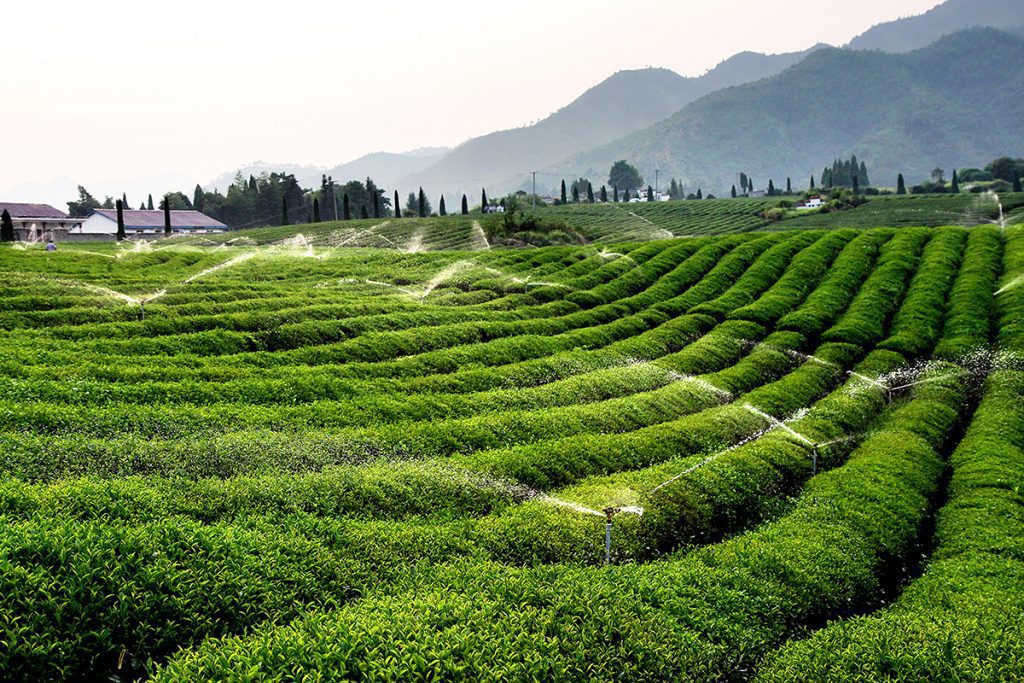
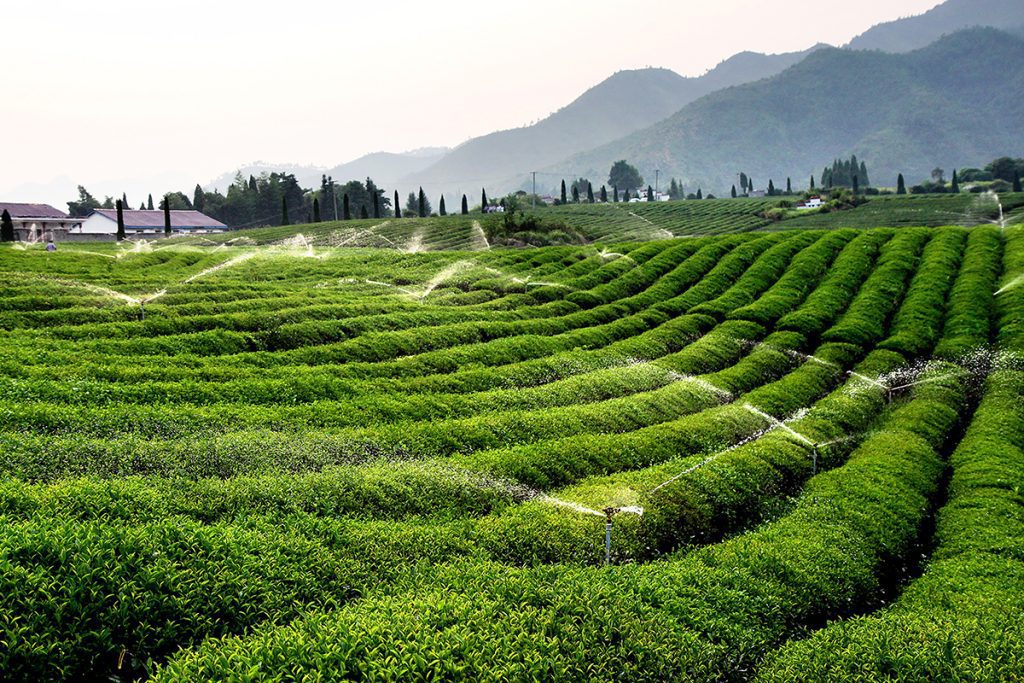
The tea garden adopts water-saving irrigation technology. Along with the development from high-yield irrigation to water-saving irrigation, and from ground irrigation to pipeline irrigation, drip irrigation technology can utilize water economically without damaging the soil structure. Sprinkler irrigation has the advantages of saving water, saving labor, maintaining soil and water, and improving the climate of micro-domains.
For the cultivation of tea trees, we use the nutrient bag propagation technology, which has the advantages of fast rooting, many roots, thick seedlings, and high transplant survival rate compared with the traditional cutting method.
In spring and summer, black film covering technology will be used to properly shade the tea trees, so that increase the chlorophyll and amino acid content of tea leaves, and enhance the aroma of tea leaves. At the same time, it also avoids the adverse effects of high temperature in summer and improves tea quality. On the basis of economic development, our tea garden production will gradually develop from natural cultivation techniques to high-yield, high-quality, and standardized cultivation techniques under artificial control conditions in the future, that is to gradually increase the proportion of tea gardens’ facility.
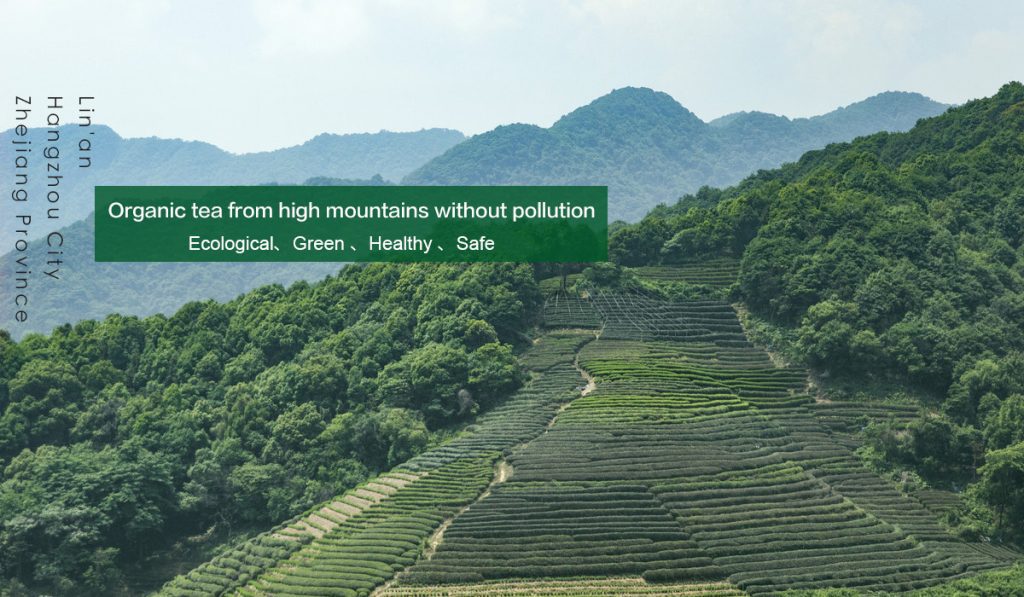
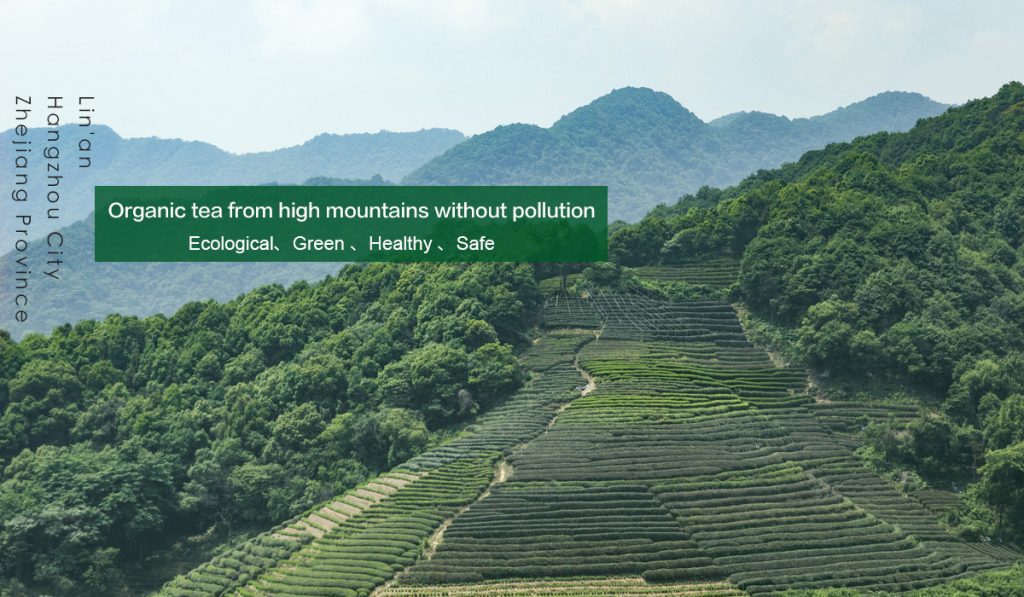





Kategoria Blog





Kategoria produktów





Kategoria sklepu
Search
Recent Posts
- How to Bew an Exqusite Cup of Efoofan Organic Dragon Well Loose Leaf Tea
- How to Brew a Good Cup of Organic Longjing Tea? 3 Ways
- Podsumowanie aktywności antyoksydacyjnej herbaty
- Polityka wdrażania zrównoważonej ekologicznej produkcji w ogrodach herbacianych
- Historia przemysłu herbaty organicznej w Lin'an
Recent Comments
- couvreur charpentier - Vision, Mission, Strategy & Principles of EFOOFAN Organic Tea
- couvreur - Vision, Mission, Strategy & Principles of EFOOFAN Organic Tea
- tombolbet88 - Vision, Mission, Strategy & Principles of EFOOFAN Organic Tea
- sv388 - Vision, Mission, Strategy & Principles of EFOOFAN Organic Tea
- url - Vision, Mission, Strategy & Principles of EFOOFAN Organic Tea





